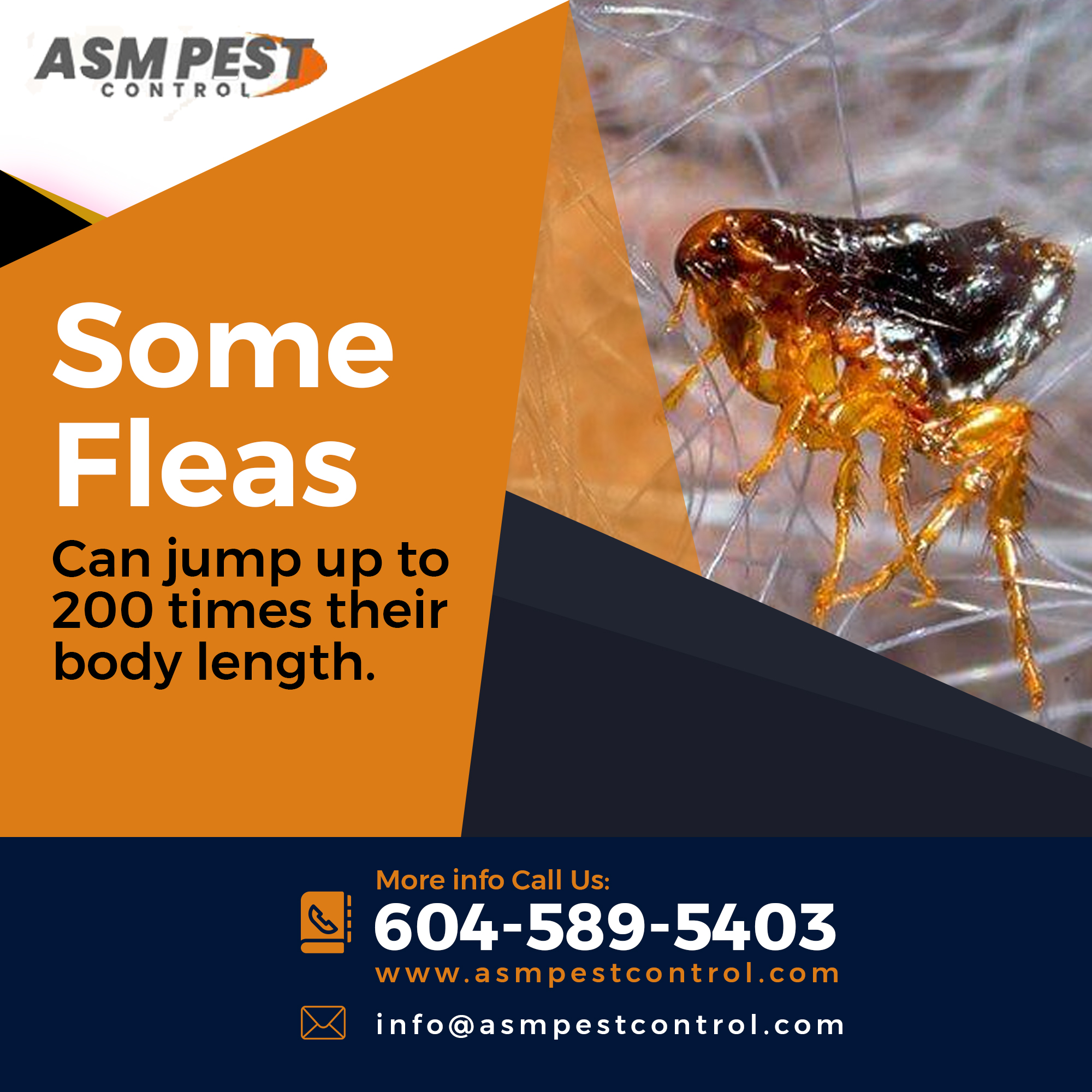Always remember the golden rule that preventive care is the key to helping your pet stay happy and healthy. To prevent any potential health issue, it is essential to use monthly flea and tick preventatives. Many of you probably don’t know how your pet dog gets affected by ticks and fleas. And this negligence puts you in trouble to come up with quick solutions for dog flea control in Surrey. But don’t worry; we are here to provide better guidance. In the post below, we will discuss why dogs get fleas/ticks and how you can give them the best prevention.
Treating surrounding areas for an effective dog flea control in Surrey
Like other flea species, the host surrounding areas must be treated effectively to reduce the dog flea population. You might not know, but fleas can be a painful experience for dogs. A dog flea can survive on a host for a few weeks and rapidly reproduce, resulting in infestation. Contacting a reputable pest exterminator company in Surrey is always the best option for more know-how. With their professional team, you can learn about science-based solutions and extermination options for your home.
Why is flea and tick prevention important for dogs?
Just for your knowledge, ticks and fleas are ectoparasites. This means that they generally prefer to live outside of their host. For survival, they bite their host and feed on their blood. You will typically find they are more present on the dogs. Their single bite can have a horrible effect on your dog’s health in the form of allergies. It can cause severe infection, itching, dermatitis, anaemia, and infection. Different other diseases which these nasty parasites can spread are:
- Lyme disease
- Anaplasmosis
- Bartonellosis
- Rocky Mountain spotted fever
- Tapeworms
- Babesiosis
Note: If you think fleas and ticks cannot attack humans, you are entirely wrong. They can be transferred to the human body, spreading similar to allergies and diseases.
Signs of flea infestation
After knowing what sort of diseases fleas can spread, it is equally important to learn about the signs of their infestation. This is the first sign before you plan any prevention techniques. A few common signs of flea infestation in dogs are:
- Excessive biting, scratching and licking of the skin
- Flea dirt appears as black specks on the dog’s skin
- Irritated or red skin
- Thinning coat or hair loss
- Anaemia causes weakness, lethargy or gums
Know your enemy: The life cycle of fleas and ticks
You must first know these pests’ lifecycles to rescue yourself against tick and flea attacks. Both ticks and fleas undergo four life stages, i.e. egg, larva, pupa, and adult. Because of this cycle, removing these parasites is hard once they nest in your yard areas.
- Fleas:
They survive more in humid environments and can lay more than 50 eggs daily. They mostly like living on your pet’s body, but you might even see them on your yard surfaces. Fleas lay eggs in grass, on dirt, and on outdoor furniture.
- Ticks:
Ticks are commonly found in shrubs and grass areas. This makes them a direct threat to both humans and pets, with which they can transmit diseases like Lyme disease.
Quick tips to follow for effective flea control from a yard
We have already mentioned in the beginning that hiring professional services of pest exterminator company in Surrey is always the best solution. But for the permanent removal of these parasites, you need to be careful yourself, too. Following a few simple and quick tips on a daily basis can help you with better results.
- Make sure you trim and cut the shrubs every week. Shorter grass will have more sunlight to reach the grass surface. This will make the grassroots drier, making it hard for fleas and ticks to thrive.
- You need to keep your eyes open to all those spots where your pet animal spends most of the time. Inspect the areas properly and see if there are any brown or black spots taking place.
- Position the patio or deck away from trees.
- Never leave old furniture or mattresses lying down on the floor.
- Vacuum the house regularly, thrice times a week.
Interesting facts you should know about fleas
- 95% of the fleas are living inside your house, not on pets. They can survive for extended periods on furniture and carpets.
- Flea is the only parasite that can survive in humid and colder environments.
- Fleas have six powerful legs. This allows them to jump distances 200 times their body length onto a host.
- Flea has a lifespan of 100 days. They can reproduce very quickly.
- For every flea on your dog or cat, 19 fleas are living in its immediate environment.
FAQs: More facts to know about fleas & ticks
What are fleas and how can they affect dogs?
Fleas are wingless, small insects that generally feed on the animal blood. Their bite can cause issues of skin rashes, severe itching and other harmful diseases.
How to tell if your dogs have fleas?
You can notice the presence of fleas in dogs in case they are scratching themselves too much. The appearance of brown or black dots on fur or skin is also a significant sign. Tiny black specks, known as flea dirt, can also appear on the dog’s bedding or at any spot where they spend more time.
Can other pets get fleas from my dog?
Yes! Fleas can transmit their allergies from one pet to another animal and even to humans. They can reproduce very quickly, which can result in severe infestation.
How is it possible to control fleas?
Different treatments are available for a quick and effective flea control. This includes oral medications, topical treatments as well as flea collars.
How to stop dogs from getting fleas?
Various preventive measures can be taken to have efficient pet flea control in Surrey. Perform regular grooming, you should vacuum your home frequently, and use different flea-preventative treatments.
For more details click https://www.asmpestcontrol.com/fleas-control/






